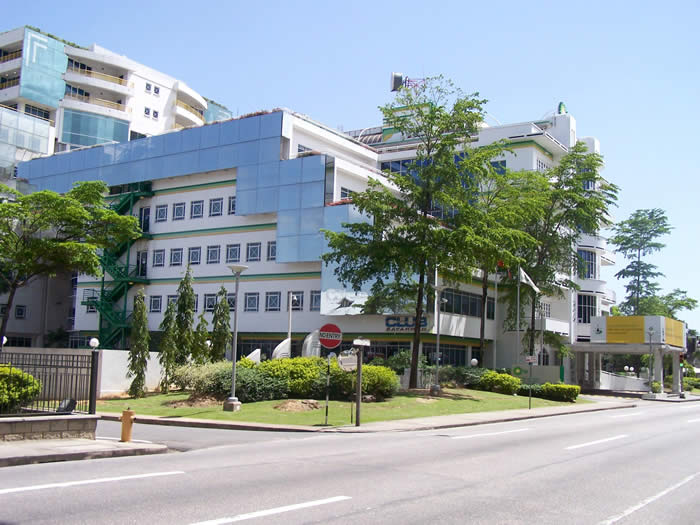Project Name: Bp Trinidad and Tobago, Queen’s Park Plaza formerly Amoco Head Office
Type of Project: Commercial Building (Structural)
Director in Charge: Anthony Farrell
Design Engineer: Anthony Farrell
Design Team: Design Collaborative (Architects)
C.E.P Limited (Structural Engineers)
Enco. (Electrical and Mechanical Engineers)
Watson / Exeqtech (Project Managers)
Year of Commencement: 1995
Cost (TTD): $41 million
Building Description:
Bp Trinidad and Tobago, Queen’s Park Plaza, is located at Queen’s Park West, Port of Spain. The structure comprises six stories from ground level, plus one underground parking facility. The building is supported on normal spread footings. At the basement level, there is a 225mm thick reinforced concrete (r.c) retaining wall with a basement slab (125mm thick) on grade. Flat plate slabs are employed on either side of the main building at ground level .The floors above ground consist mainly of prestressed-precast double tee slabs with concrete topping. These slabs are supported by r.c insitu columns and beams. The building has an approximate gross area of 4,300 square meters of parking and 8,160 square meters of office space.
Completed in 1997, the building possesses several unique features.
First, the architectural design of the front façade closely replicates that of the original Queen’s Park Hotel building.
Second, a 22.5m by 4.5m skylight straddles the center of the building to allow for an atrium for all floors above ground.
Third, a multistory bridge connecting the building to Albion Plaza requires special movement joints and supports to allow for seismic actions.
Fourth, there is a main staircase cantilevered and supported only from floors without intermediate columns.
Fifth, the 4th floor and roof are hung off 8.4m cantilever storey height walls at roof level.
Sixth, glazing panels are located at the East and West of the building, and a portion to the rear of the building. Its architectural function was shading, but the glazing support frames required special detailing of their connections to accommodate for seismic action.

